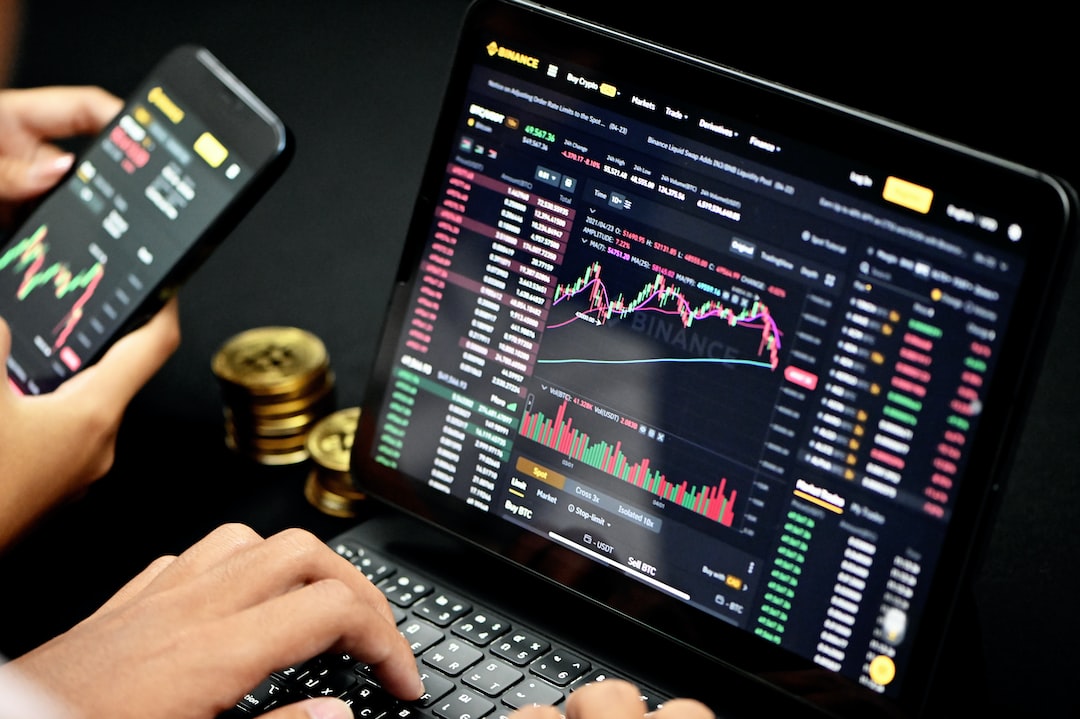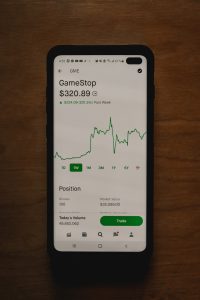Technical Analysis: Using Forex Indicators to Predict Market Trends
When it comes to trading in the forex market, there are many tools and strategies available to help traders make informed decisions. One of the most widely used strategies is technical analysis, which involves the use of forex indicators to predict market trends. In this article, we will explore the concept of technical analysis and how forex indicators can be used to forecast future price movements.
Technical analysis is a method of analyzing historical price data to identify patterns and trends in the market. It is based on the principle that past price movements can provide insights into future price movements. Forex indicators are mathematical calculations that are applied to price data to generate trading signals. These indicators can be classified into two main categories: lagging indicators and leading indicators.
Lagging indicators, also known as trend-following indicators, are derived from past price data and provide signals after a trend has already been established. Moving averages, for example, are popular lagging indicators that smooth out price data over a specified period of time. Traders use moving averages to identify the direction of the trend and to filter out short-term price fluctuations.
On the other hand, leading indicators are designed to provide signals before a trend has fully formed. These indicators attempt to predict future price movements based on current market conditions. Oscillators, such as the Relative Strength Index (RSI) and the Stochastic Oscillator, are commonly used leading indicators. These indicators measure the speed and magnitude of price movements to identify overbought and oversold conditions in the market.
To effectively use forex indicators for technical analysis, traders need to understand how each indicator works and how it can be applied to different trading strategies. Let’s take a closer look at some popular forex indicators and their applications:
1. Moving Averages: Moving averages are used to identify trends and to generate buy or sell signals. The most commonly used moving averages are the simple moving average (SMA) and the exponential moving average (EMA). Traders often use a combination of different moving averages to confirm trend direction and to generate entry and exit points.
2. Relative Strength Index (RSI): The RSI is a momentum oscillator that measures the speed and change of price movements. It ranges from 0 to 100 and is used to identify overbought and oversold conditions in the market. Traders typically look for divergences between the RSI and price to predict potential trend reversals.
3. Bollinger Bands: Bollinger Bands consist of a simple moving average and two standard deviation bands. These bands expand and contract based on market volatility. Traders use Bollinger Bands to identify periods of high and low volatility and to anticipate potential breakouts or trend reversals.
4. Moving Average Convergence Divergence (MACD): The MACD is a trend-following momentum indicator that shows the relationship between two moving averages of a security’s price. Traders use the MACD to identify bullish or bearish crossovers and to confirm trend direction.
5. Fibonacci Retracement: Fibonacci retracement is a technical analysis tool that uses horizontal lines to indicate areas of support or resistance at the key Fibonacci levels before the price continues in the original direction. Traders use Fibonacci retracement to identify potential reversal levels and to set profit targets.
It is important to note that no single forex indicator can guarantee accurate predictions of market trends. Traders should use a combination of indicators and incorporate other forms of analysis, such as fundamental analysis and market sentiment, to make well-informed trading decisions.
In conclusion, technical analysis plays a crucial role in forex trading by providing traders with valuable insights into market trends. Forex indicators are powerful tools that can be used to predict future price movements and to generate trading signals. By understanding how each indicator works and how it can be applied to different trading strategies, traders can improve their chances of success in the forex market. However, it is important to remember that technical analysis should not be used in isolation and should be combined with other forms of analysis to make informed trading decisions.





